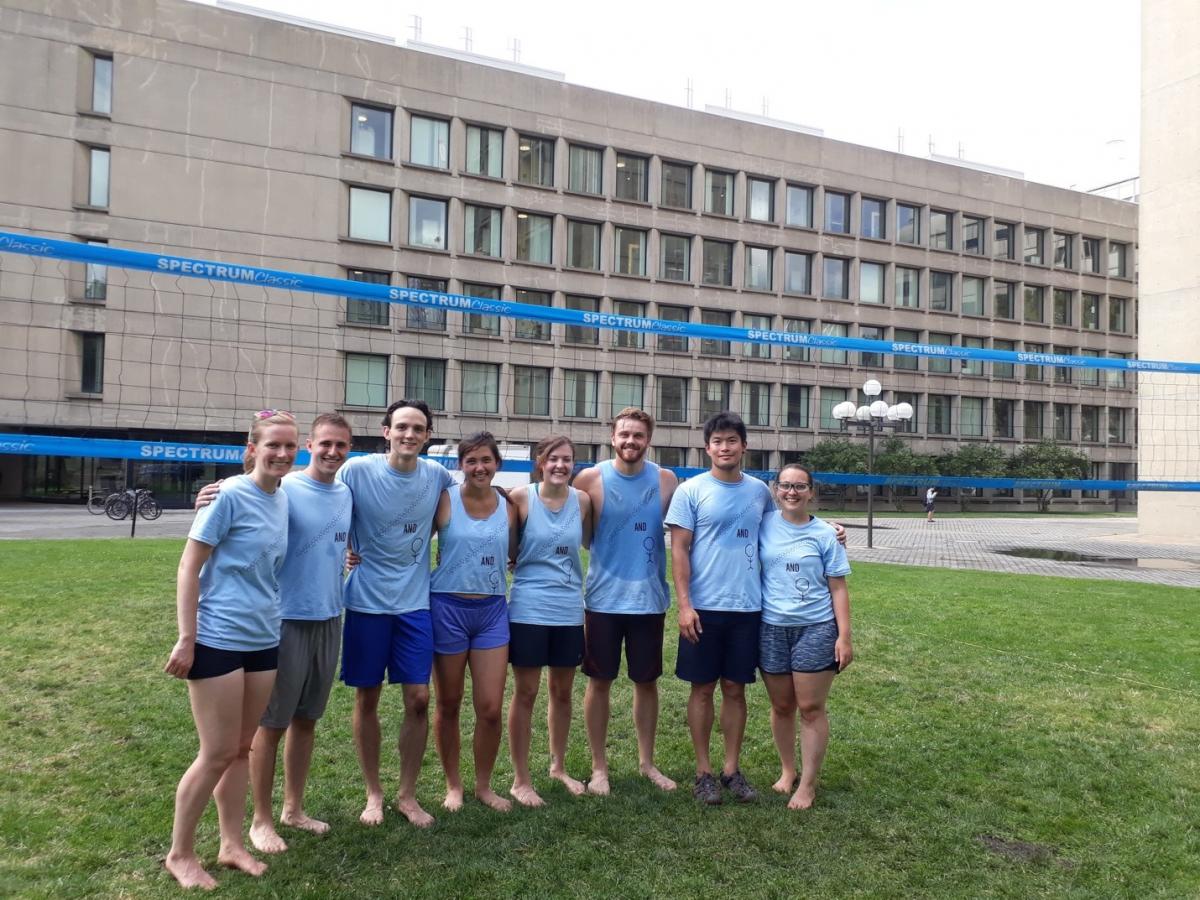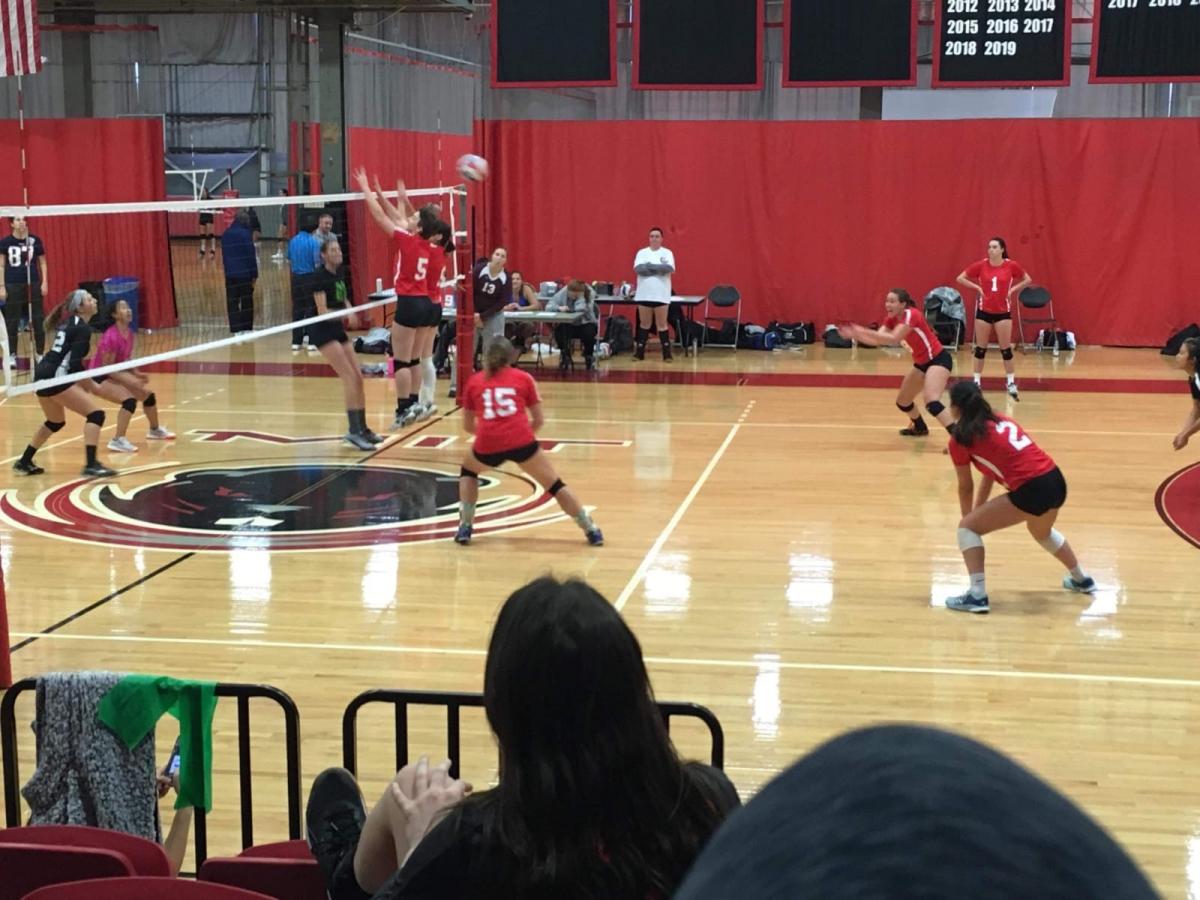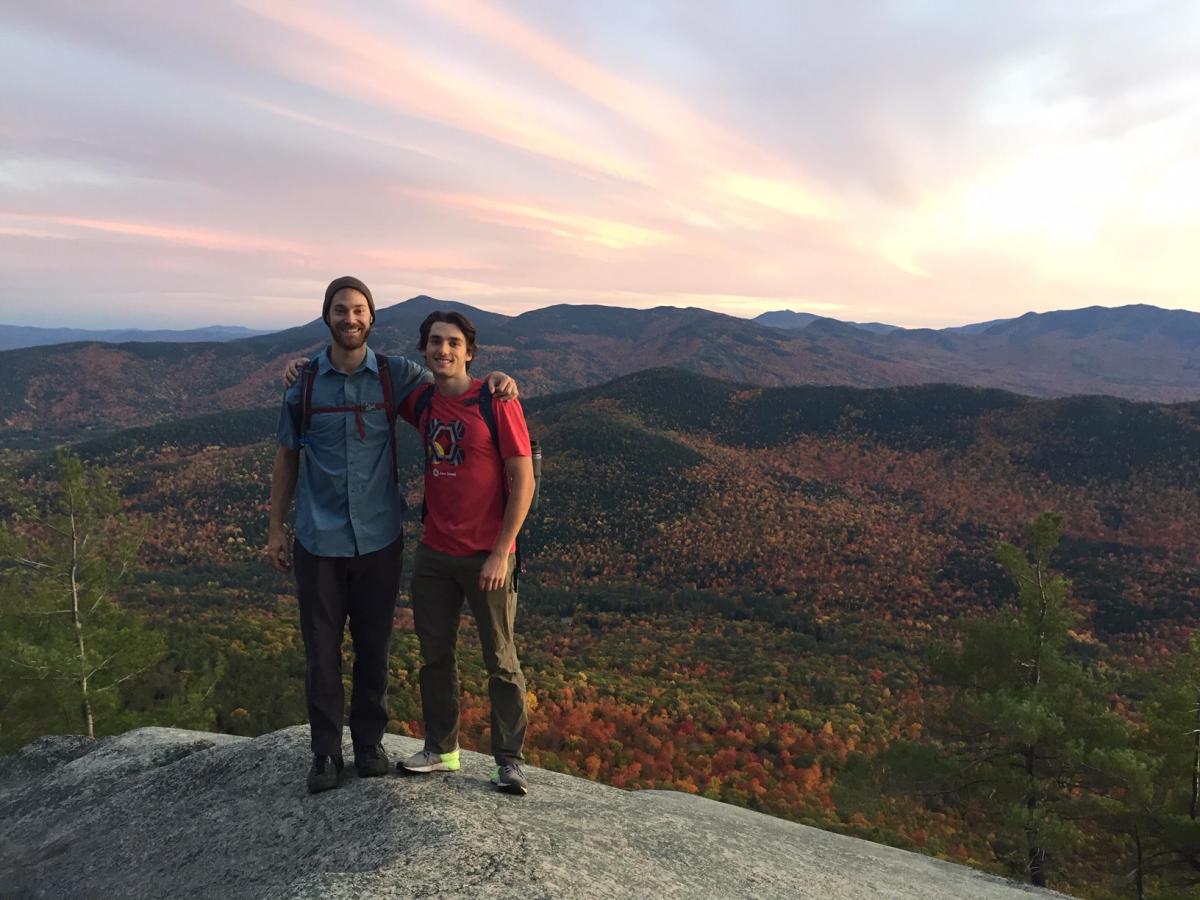Although it can be easy to get bogged down in lab work, we at CGSC are here to remind you that there is so much more that MIT has to offer. Our panelists below told us a bit about themselves and the activities they do to de-stress. Feel free to contact us if you have questions or want to get involved!
SAA Art Classes
Katherine Walker, third year graduate student in the Movassaghi group
The SAA is the MIT Student Art Association, and they offer a bunch of different heavily subsidized art classes for MIT students and affiliates. I’ve taken a ceramics class (specifically mug making) and a bunch of painting classes every semester since starting grad school. It’s been a really great way to force myself to think about things other than science, meet new people, and decorate the walls in my apartment. I’ve found that having structured time in the form of a class is the best way to make sure I actually take time to do fun things when grad school gets busy. I’ve loved my experience so much that I recruited a second year in my lab and one of my good friends to take classes.
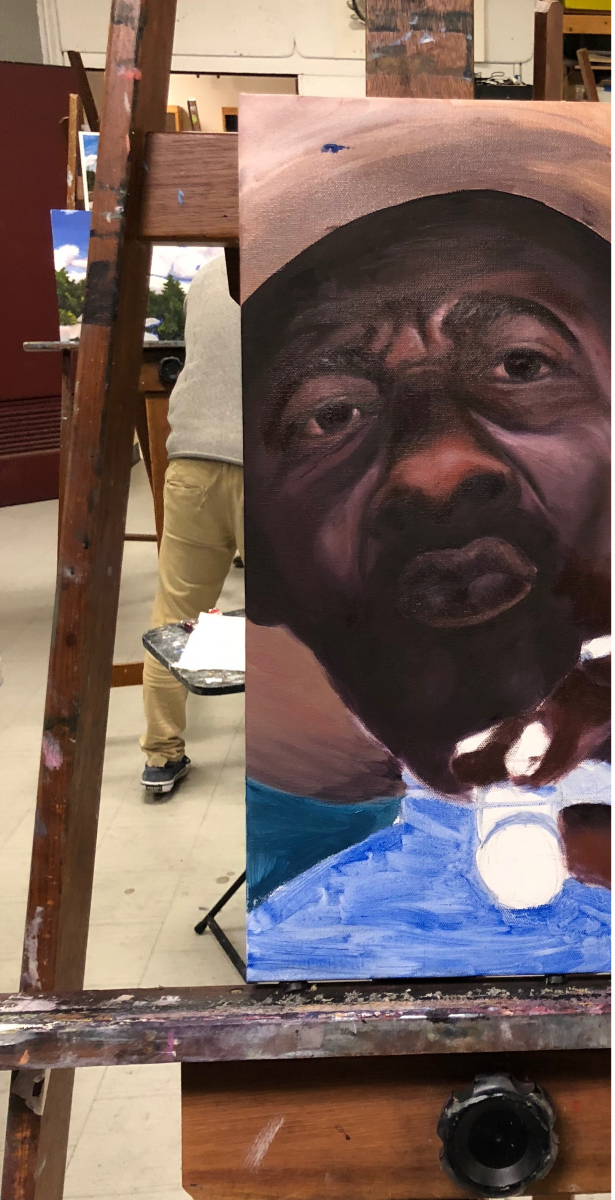
Active Extracurriculars
Erica Tsai, fifth year graduate student in the Buchwald group
I’ve been involved in a few things external to the chemistry community at MIT - bouldering, sailing, and dance mainly. There are quite a few rock climbing gyms in the area (Brooklyn Boulders, RockSpot, Central Rock Gym) that are great if a little pricey. If you have friends with memberships, they usually get some guest passes that I’ve capitalized on! I also loved being able to get my sailing license from the MIT Sailing Pavilion. Though I haven’t been on the Charles in a while, it’s definitely a fun pastime and I would highly recommend it if you can get a spot in the class (they go fast)!
By far though, the MIT dance community has been my main source of stress-relief outside of lab. I’m involved in two groups on campus, DanceTroupe (DT) and Asian Dance Team (ADT). DT and ADT number in the hundreds and cover a huge variety of different style, but there are a number of smaller, specialized (and often competitive) groups on campus as well. The dance community is amazingly welcoming, and I’ve found great friendships and had a lot of fun, even as someone with limited dance experience prior to graduate school! Though the format is different for the upcoming year due to the virtual environment, we are still planning on having a showcase, and I would highly recommend attending auditions if you’re at all interested in dance (with or without prior experience)!
Outdoor Recreation
Cliff Allington, third year graduate student in the Gedik group
My favorite way to recharge from lab is outdoor recreation and fortunately, Boston is a good place to do this! Within the city, the Charles River or Arnold Arboretum are great places to go for walks, runs, or have picnics. Close by (20-30 minute drive) are the Blue Hills or Middlesex Fells reservations which have a ton of great trails for hiking or mountain biking. Further out (1-1.5 hour drives) are Pawtuckaway State Park (NH), Mt. Monadnock State Park (NH), or Bigelow State Park (CT/MA) that offer great trails and lakes for swimming. My favorite by far (2.5-3 hour drive) are the White Mountains. Originally from CO, it is nice to have real peaks to hike and you can't beat that classic New England fall foliage (see attached picture). This list is by no means exhaustive, but hopefully it can help you find some good spots to connect with the New England wilderness. Be sure also to check out the MIT Outing Club (MITOC), which is a great way to get on mailing lists for rideshares or to meet people who share these similar interests!
MIT Sports and Intramurals
Nile Abularrage, third year graduate student in the Raines group
I am a third-year graduate student in the Raines Lab. I use physical organic chemistry principles to discover and optimize new bioorthogonal reactions. Outside of lab, I am a member of the MIT Club Gymnastics team, and I play intramural soccer and ice hockey with teams affiliated with the chemistry department. I am also in charge of coordinating intramural teams for the chemistry department, which can be captained by any graduate students who are interested.
Music and Orchestra at MIT
Mike Payne, fourth year graduate student in the Dinca group
I’m Mike Payne, a 4th year grad student in the Dincă lab, and cello has been a lifelong hobby of mine. Since I was ten years old, I’ve played in orchestras, string quartets, and all kinds of ensembles. I even taught cello for some time in undergraduate. When I came to MIT, even though I knew grad school would keep me busy, I wanted to find opportunities to keep playing cello on the side. I’d like to share some of the opportunities for graduate students that I’ve found at MIT:
- If you’d like to join an orchestra, I recommend the MIT Summer Philharmonic Orchestra (MITSPO)
It’s a full orchestra, led by an excellent and energetic conductor named George Ogata, that plays a concert at the end of the summer. George is super friendly and picks out some great music – if you’re interested, email him at georgeogata@yahoo.com sometime in the spring and say you’d like to audition for MITSPO this coming summer. - There’s also the IAP Orchestra and the MIT Symphony Orchestra (MITSO).
MITSO plays during the Fall and Spring semesters, and the IAP orchestra plays during the month of January. These two groups are mainly targeted towards undergraduates, and the players enroll for credit. I have not played with either, but they provide the opportunity to keep playing with an orchestra throughout the year. - For small ensembles, I highly recommend the MIT Chamber Music Society (CMS)
This is a group that matches musicians into small ensembles (trios, quartets, etc etc). You learn a piece over the course of the semester and play in a recital at the end. It’s a great opportunity to play with people from all corners of MIT (I played with a professor in Brain and Cognitive sciences once) and your group gets coaching once a week from some excellent instructors. You need to audition for this group.
I’d like to note, of course, that the nature of playing with these groups is still quite up in the air with quarantine, so some of the details here may have changed (for example, CMS may be running virtual coaching and ensembles).
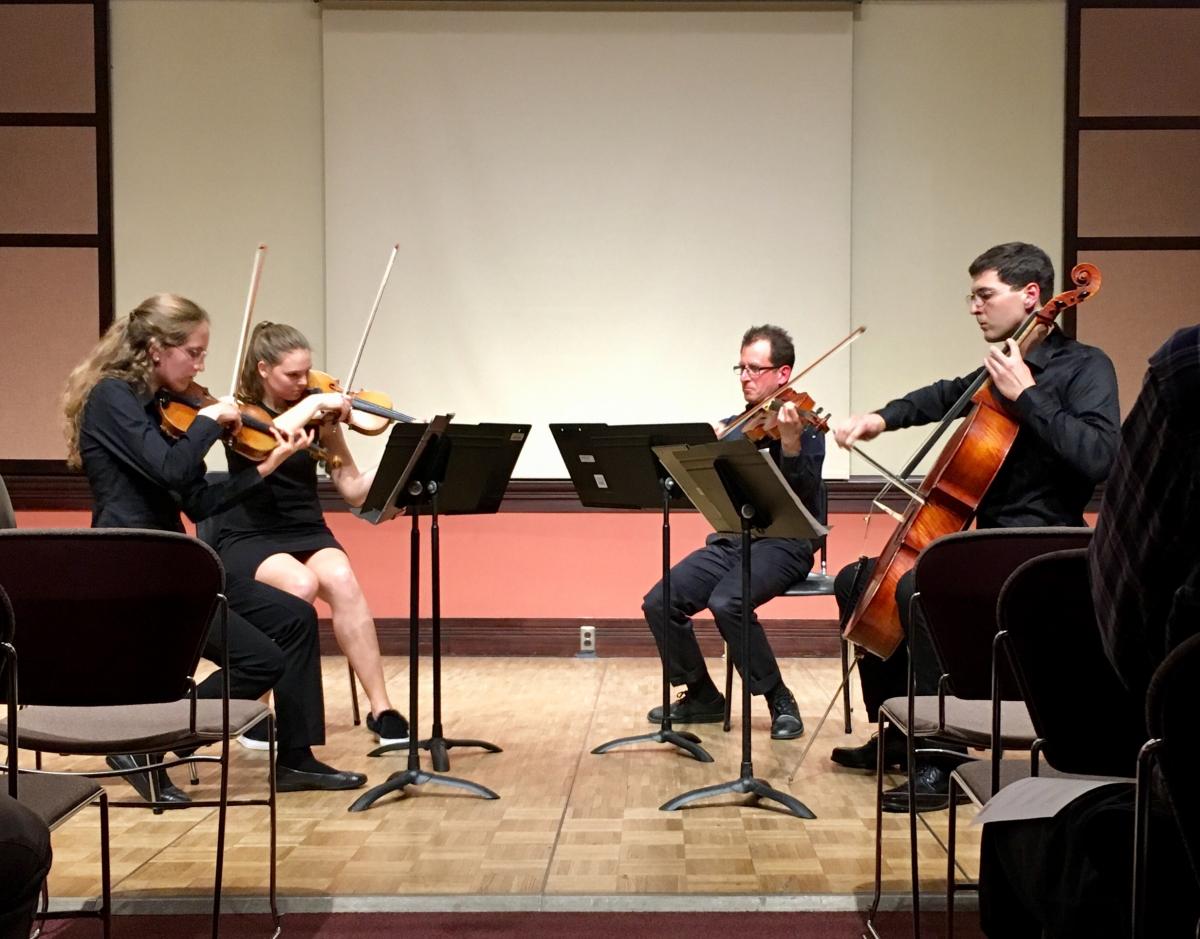
Ceramics, Sailing, and Gardening
Katherine Taylor, third year graduate student in the Kiessling group
- Ceramics
Wheel thrown and hand-built pottery is not as big here as in other cities, however, MIT has an excellent ceramics studio with discounted classes available during Fall, Spring, IAP, and Summer terms. The Student Art Association has a bunch of opportunities for art classes on campus, including classes with professional artists in a 16 seat ceramics studio. Whether you have never thrown before, or you’re an expert, there are multiple classes that meet at different times of the day, and can fit well alongside research and class work. Taking a class through MIT is the most cost-effective way to participate in ceramics in Cambridge/Somerville, with the only other studio being Mudflat Studios where classes are over $300. Classes at MIT range from $120 to $170 depending on the length of the session. Classes include all materials fees and 24/7 studio access. This is a high fire studio and the clay provided is stoneware. Daryll, one of the instructors, curates a large selection of high fire glazes that resemble reducing atmosphere products although our kilns are under oxidizing atmosphere. It’s a great opportunity to learn a new craft or continue creating ceramics while at MIT! Student pieces are also annually sold at the Christmas craft sale, which takes place in lobby 10. - Sailing
One of the coolest things about MIT is the easy access to sailing on the Charles. MIT maintains its own fleet of small boats which anyone can learn to sail through the MIT Sailing Pavilion. Classes are offered for free either during the week or on Sunday. Once you’ve taken a class you can get your sailing card and then use that to check out boats. As you continue to practice sailing, you can get access to bigger boats, and time on the water in more difficult conditions. If you really end up loving sailing, there is a competitive team that you can join. This team practices on nicer boats and races throughout the year. The pavilion is generally open from April through November, and should be open even now. - Indoor Gardening/Plants
While not supported through MIT in the same way, indoor and outdoor gardening is a really rewarding and fun hobby in the area. If you’re looking to acquire plants cheaply, Ricky’s Flower Market has a good selection of seasonal outdoor plants and tropical indoor plants. They are not very expensive and can provide good information about how to care for the plants you end up purchasing. They are located in Union Square, a 30-40 minute walk from the dorms. Niche is a more expensive plant shop on Broadway, but it’s also a great place to pick up small tropical plants for a good price. They also host events (ticketed) about how to care for indoor plants and painting plants, etc. It’s a good place to pick up plants if you’re a complete beginner. The MOST cost effective and helpful source for plants is the Somerville Garden Club’s annual plant sale, typically held at the end of September. It is cancelled this year, but good to know about when it comes back! While it will be virtual this year, the plant sale is a great place to get cheap interesting plants along with care tips from the Somerville Garden Club members themselves. Beyond the plant sale itself, the Somerville Garden club hosts monthly meetings with seminars about different gardening topics and is a really lovely community in the area. These meetings are currently virtual, but normally are held in Davis Square. Membership is $25/year and they love to see young faces! There are also some good community gardens in the area, and some MIT dorms allow you to garden on premises. Ashdown in particular has garden spots available in the summer.
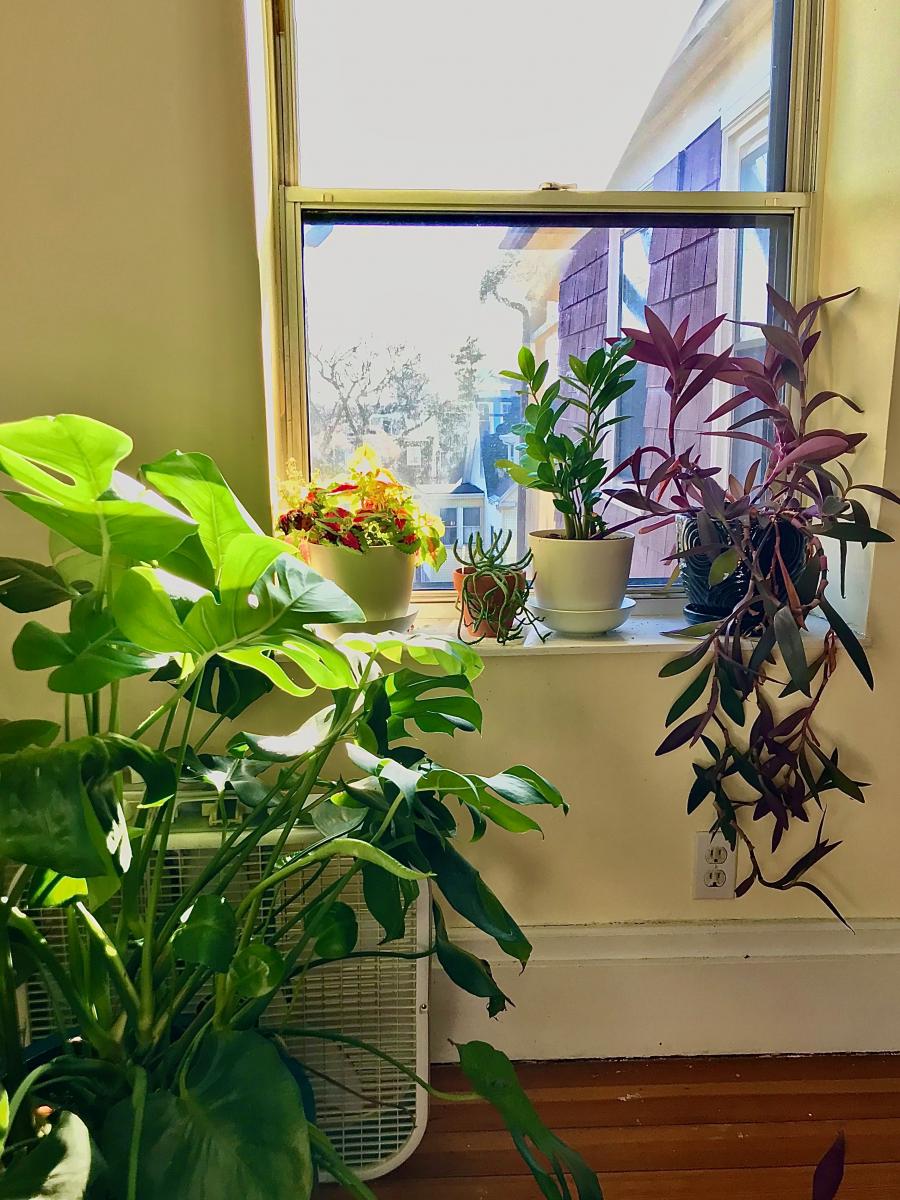
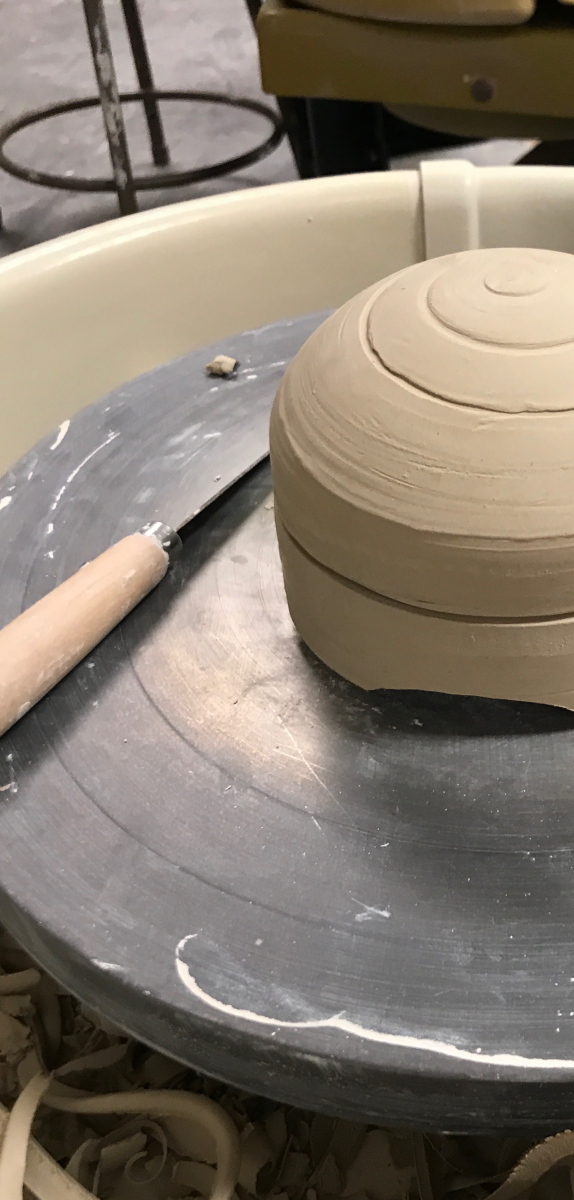
Running
Arun Sridharan, fourth year graduate student in the Suess group
The running community in the Boston/Cambridge/Somerville area is extremely vibrant, with dozens of clubs meeting across town that cater to a range of talents from beginners to post-collegiate professional runners. It's quite common to see runners going along the miles of roads and community paths all hours of the day. Some of my favorite places to run are along the Charles River, which has miles of well-kept sidewalks and dirt paths that stretch across both sides of the river; the Somerville community bike path, and Alewife Linear Park, a two-mile stretch of paved trail that connects Lowell St. in Somerville with Russell Field and Alewife station in East Cambridge; Fresh Pond, a reservoir in East Cambridge with two to three miles of paves and dirt trails around its perimeter; and the Middlesex Fells Reservation, a 2,500-acre wooded preserve in Medford/Stoneham about a 10-15 min drive outside of town, with dozens of miles of dirt trails of varying technical difficulty - perfect for those who love trail running or hiking. For more ideas for running routes check out resources online such as MapMyRun or this article in Boston Magazine: https://www.bostonmagazine.com/health/best-running-routes-boston/.
I never like to run alone which is why I encourage people to join a running group in town - allows you to make friends with people outside the department and socialize in different settings. Running clubs in town vary in their level of commitment, from casual groups that meet a couple times a week for a quick stroll to more committed groups with formal workouts and coaching. Two such groups I recommend are Community Running Club (https://www.communityrunning.org/index.html), a coached group that meets twice a week at the MIT track for workouts, and Davis Square Runners (https://www.dsrunners.com/), a more casual group that run and race together and participate in lots of joint running-related activities (I'm a regular attendee with DSR so if you come by for a run maybe we'll see each other!). See this Boston Magazine article for more clubs in town: https://www.bostonmagazine.com/health/run-clubs-in-boston/. If you're coming to us with experience running competitively at the collegiate level you may want to check out some of the post-collegiate clubs in Boston - two of the most well-known are the Greater Boston track club (https://www.gbtc.org/) and the Boston Athletic Association running club (https://www.teambaa.org/) - the latter club organizes the Boston Marathon every year.
Club Sports and Intramurals
Carly Schissel, fifth year graduate student in the Pentelute group
My favorite extracurricular activity is playing volleyball, and there have been many opportunities here. Primarily I’ve played on the MIT Women’s Volleyball Club team since my first year. (There is an equivalent men’s team that also has members from the Chem department!) The club, like most club teams at MIT, are inclusive and have a wide range of skill levels, age, and MIT affiliation. Beyond exercise, the community built by the club has been a critical part of my time here. I’ve also led the Chemistry intramural volleyball team for two years, and played with the Pentelute lab in the Chemistry department summer volleyball league. Besides volleyball, I’ve also played IM hockey since my first year. Contrary to my volleyball experience, I have NEVER played or even watched a hockey game before joining the team. It was so fun and so welcoming and I actually improved over the years. I had a great time writing about this experience in particular in the MIT Grad Blog: https://gradadmissions.mit.edu/blog/what-puck
